|
I am a 5-th year (final year) Ph.D. student in the physics department at the University of Michigan, Ann Arbor. Before that, I received my Bachelor's degree from University of Science and Technology of China in 2019. My Ph.D. research focus on using machine learning methods, including reinforcement learning, generative models, foundation models to deal with optical physics problems, including the fast surrogate simulation of photonics structures as welll as their inverse design. My advisor is Prof. L. Jay Guo. I am looking for a full-time job position on foundation models, large language model, machine learning engineering. Feel free to contact me if you are interested! Email / CV / Google Scholar / GitHub / LinkedIn / |
|
|
[Oct-2023] One paper was accepted by AI4Science Workshop @ NeurIPS 2023 and selected as oral presentation. See you in New Orleans this December! [July-2023] I will attend the ICML 2023 in Hawaii and give a poster presentation at the Syns & ML Workshop on July 28. [June-2023] Our paper Environmentally Sustainable and Multifunctional Chrome-like Coatings Having No Chromium Designed with Reinforcement Learning has been published and available on ACS Appl. Mater. Interfaces. [June-2023] Our OL-Transformer was accepted by the Syns & ML Workshop @ ICML 2023. [May-2023] I joined Visa Research as a Ph.D. intern. [May-2023] We announced OL-Transformer, a fast and universal surrogate model based on transformer that can speed up the simulation of multilayer thin film structures. Check out the arXiv preprint! [April-2023] We announced OptoGPT, the first foundation model for optical multilayer thin film design. Check out the arXiv preprint! [Feb-2023] I will be working as a Ph.D. intern in Visa Research this summer! [Jan-2023] Our survey article has been published on Optical Materials Express! |
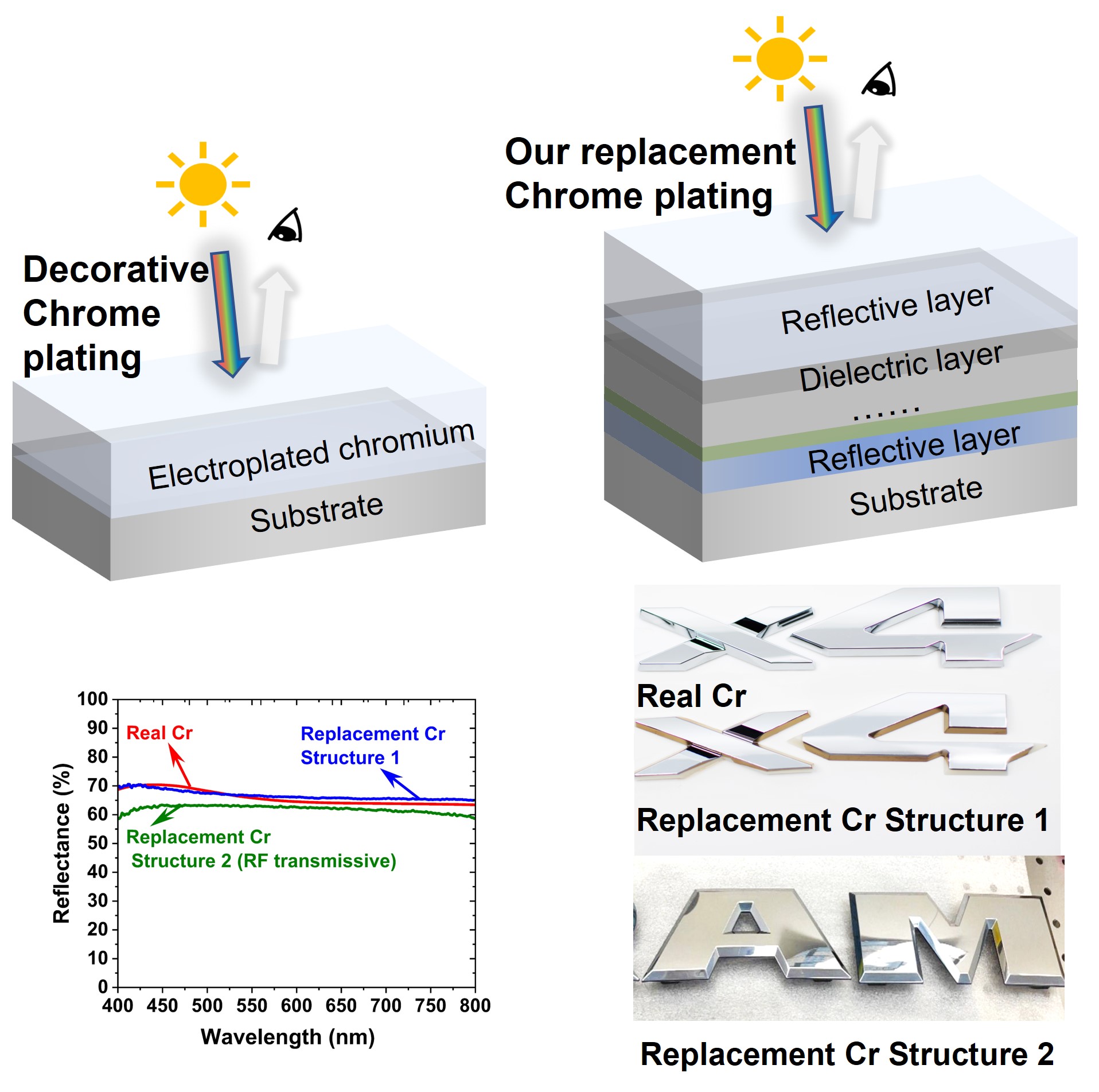
|
Anwesha Saha, Taigao Ma, Haozhu Wang, L. Jay Guo* ACS Appl. Mater. Interfaces, 2023 (co-first author) paper We introduced eco-friendly chrome-like coatings without chromium using reinforcement learning to design. These multilayer structures are RF transmissive, perfect for RF decorative applications, e.g., auto-mobiles |
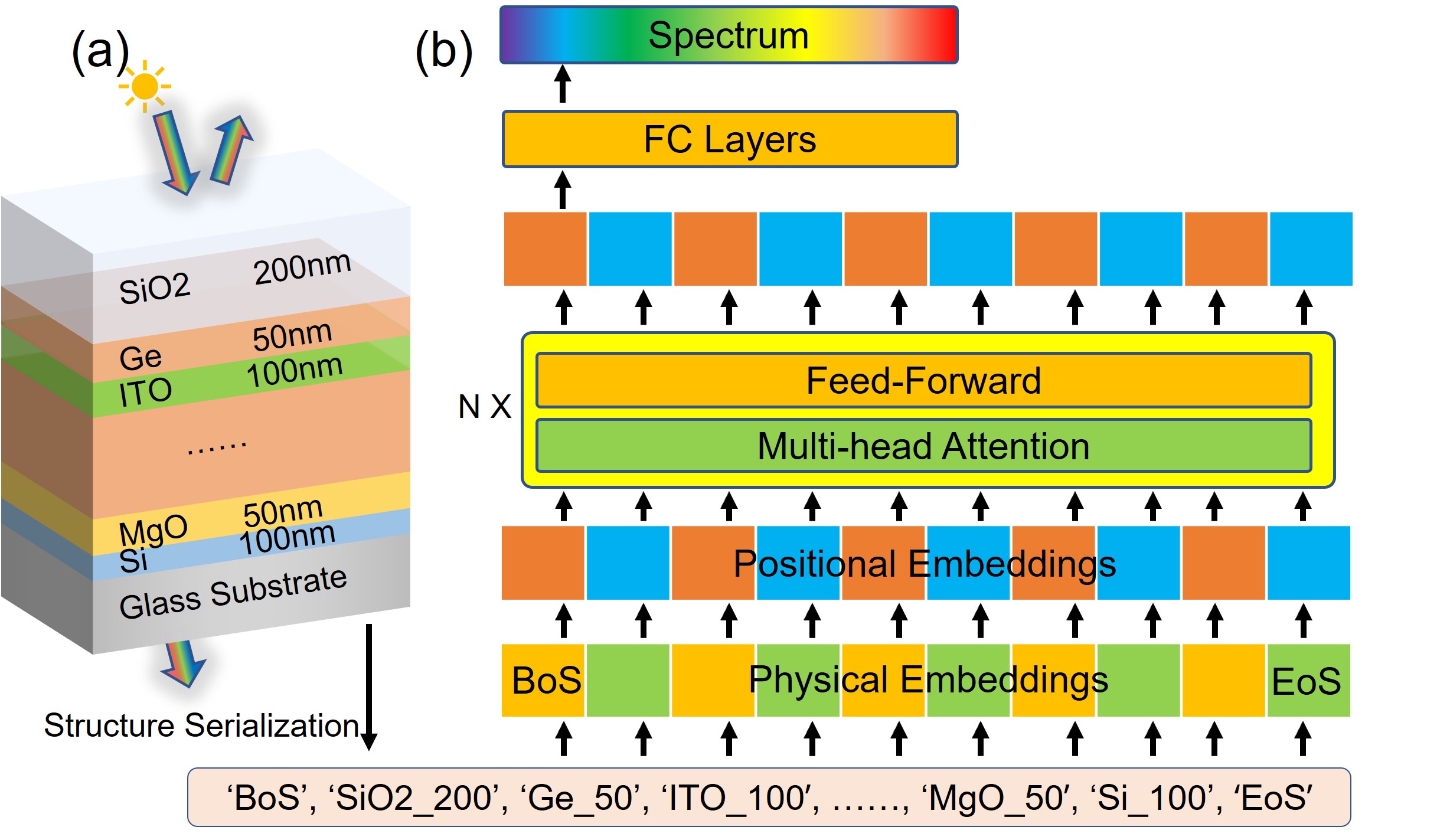
|
Taigao Ma, Haozhu Wang, L. Jay Guo* ICML @ Syns & ML Workshop, 2023 arXiv We developed the OL-transformer to expedite the simulation of transmission and reflection spectra in optical multilayer thin film structures. |
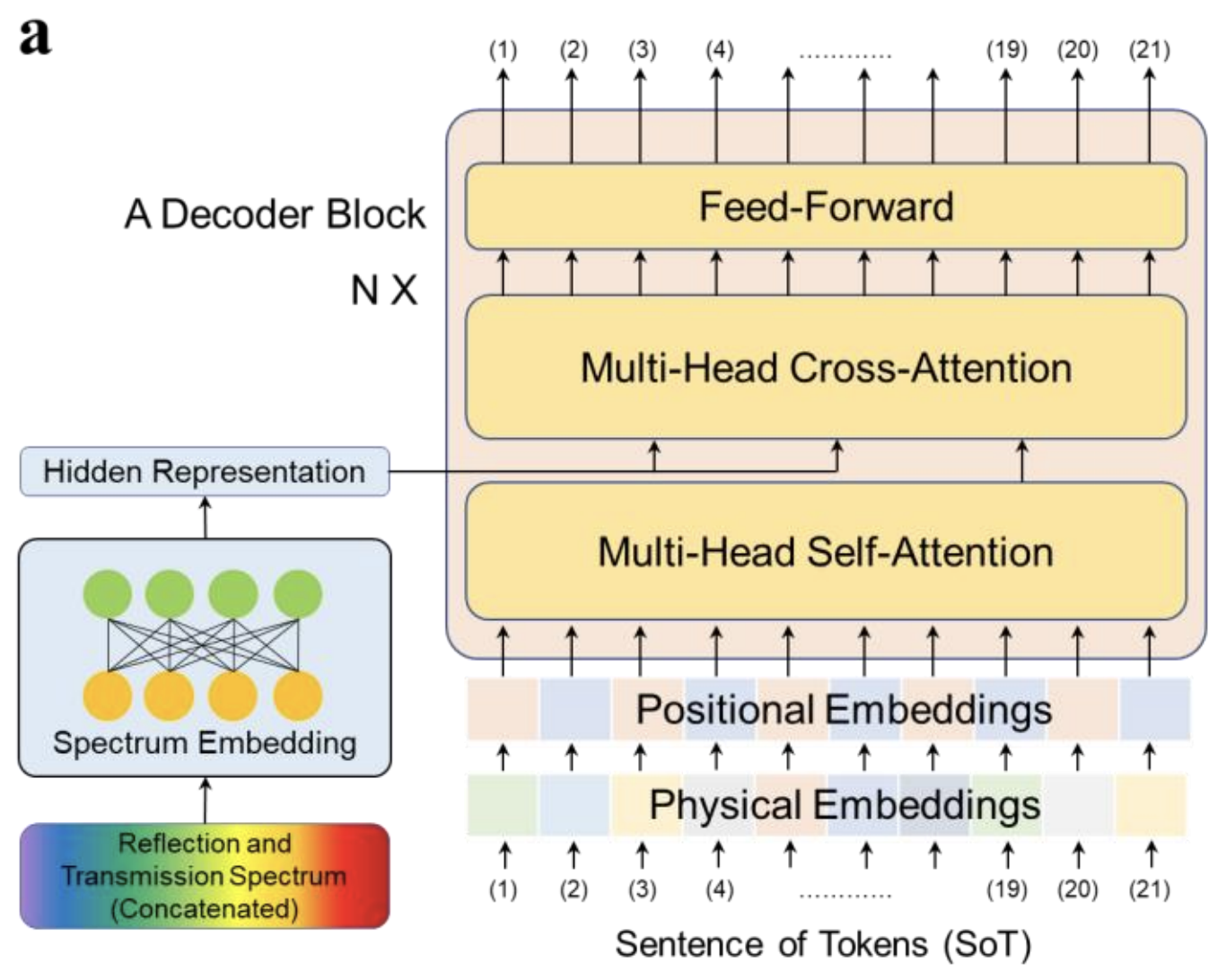
|
Taigao Ma, Haozhu Wang, L. Jay Guo* under review, 2023 arXiv We developed OptoGPT, the first foundation model for optical thin film structure inverse design. After being trained on a large dataset of 10 million optical thin film designs, OptoGPT demonstrates remarkable capabilities including: 1) autonomous global design exploration, 2) efficient designs for various tasks, 3) the ability to output diverse designs, and 4) seamless integration of user-defined constraints. We believe OptoGPT is a major leap towards accelerating optical science with foundation models. |

|
Yong-Bum Park, Sangeon Lee, Mustafa Tobah, Taigao Ma, L. Jay Guo* Optical Materials Express, 2023 paper A comprehensive survey of the ultrathin metal films for flexible transparent conductor applications. I provided a discussion from optical design consideration and extending transparency to the NIR range. |
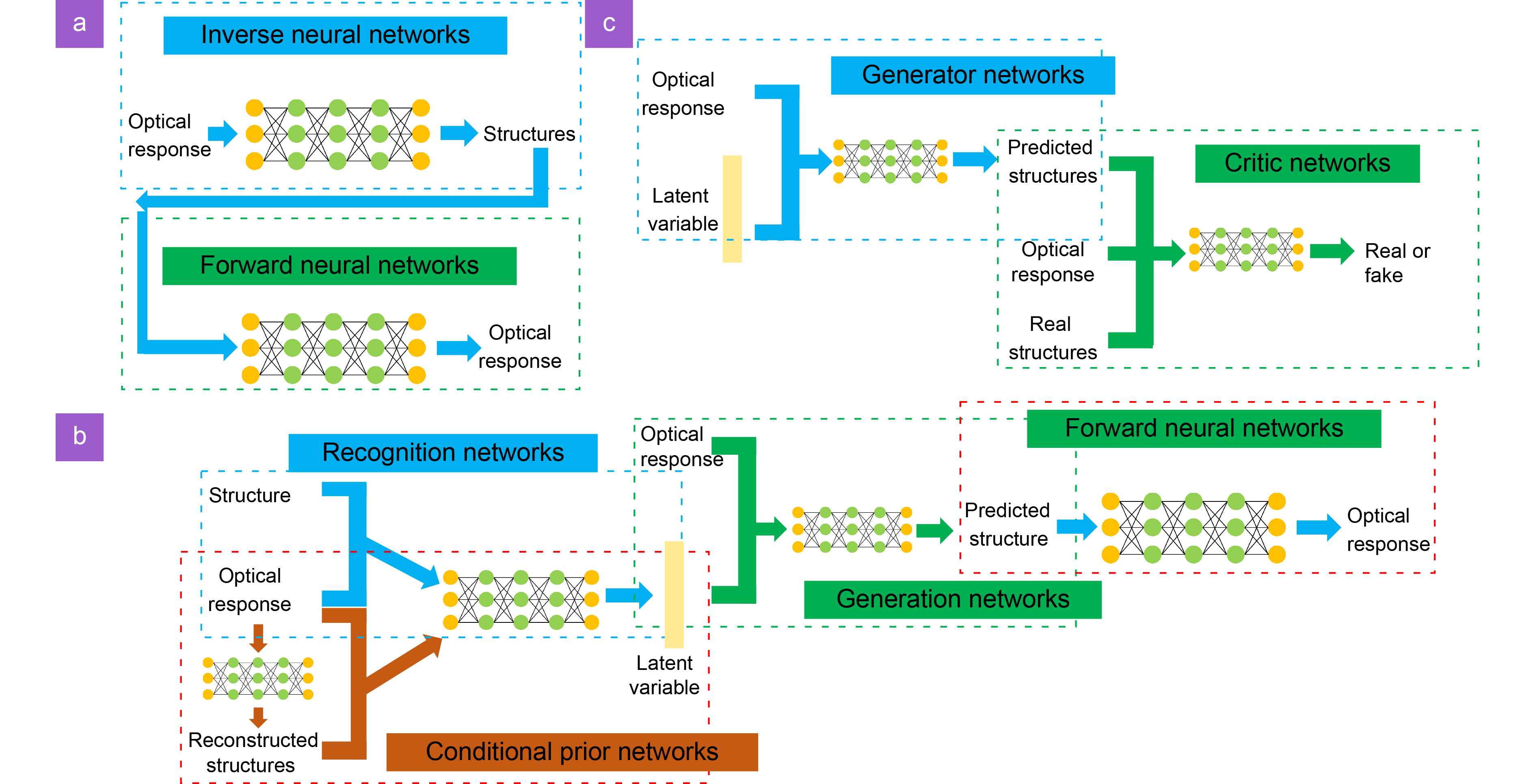
|
Taigao Ma, Mustafa Tobah, Haozhu Wang, L. Jay Guo* Opto-Electronic Science, 2022 paper We provide extensive benchmarking results on accuracy, diversity, robustness for commonly used deep learning models in nanophotonic inverse designs. The findings can help researchers select models that best suit their design problems. |
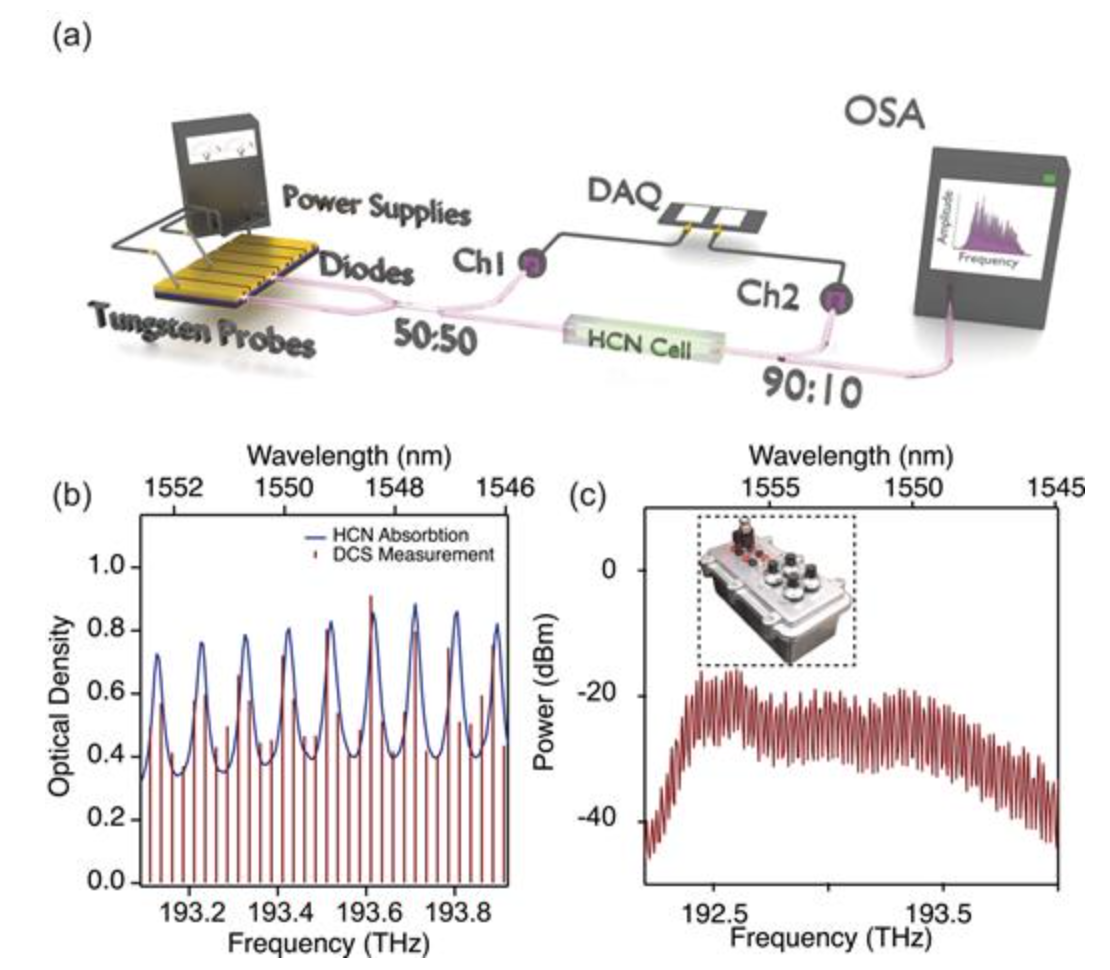
|
Matthew W Day, Mark Dong, Bradley C Smith, Rachel C Owen, Grace C Kerber, Taigao Ma, Herbert G Winful, Steven T Cundiff* APL Photonics, 2020 paper We demonstrate diode-laser based frequency comb generators and used it for dual-comb spectroscopy. |
|
|
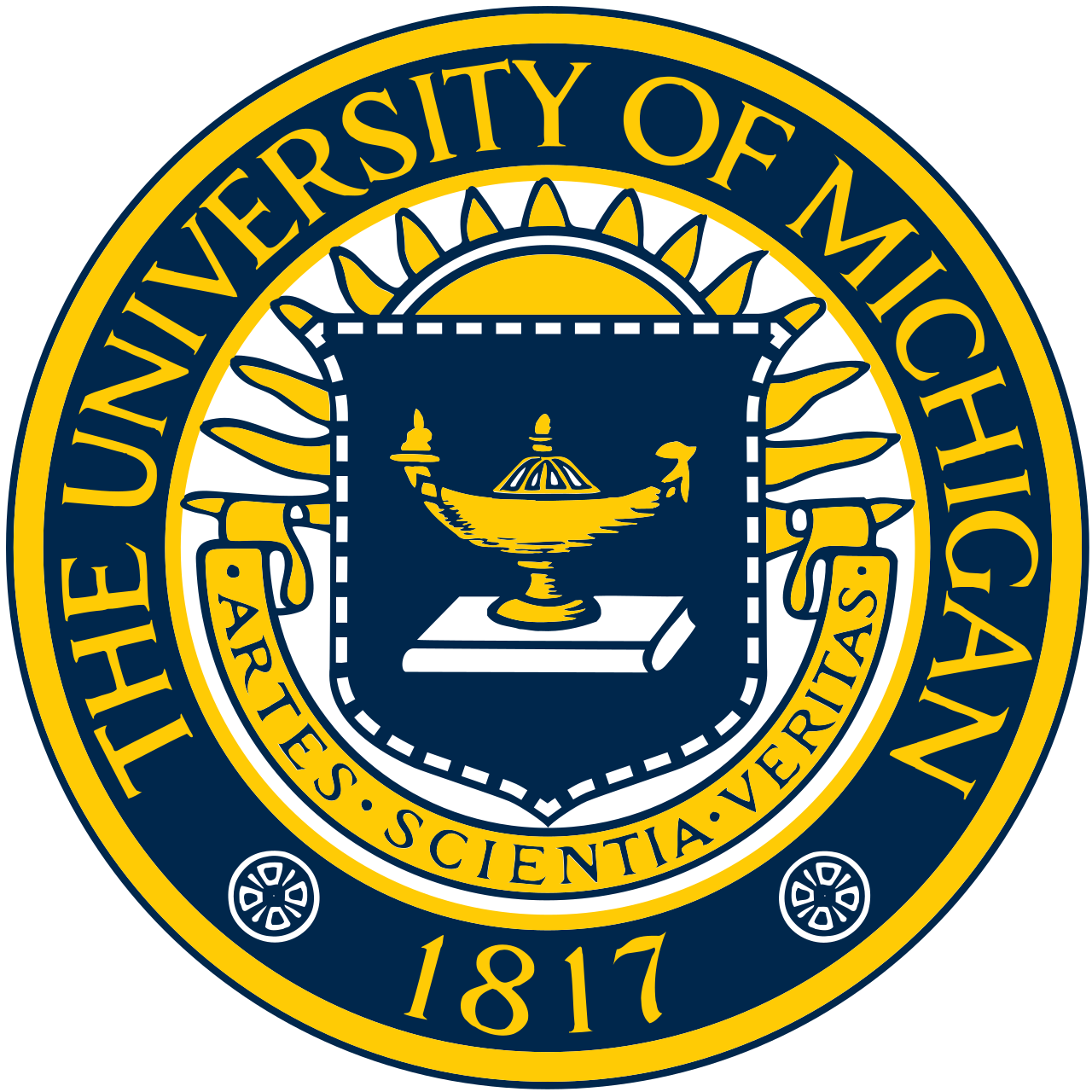
|
Physics 141, 241, 251.
Graduate Student Instructor |
|
|
Stay Hungry, Stay Foolish. — Steve Jobs
|
The source code of this website is from Jon Barron. (last update: Oct 2023)
|